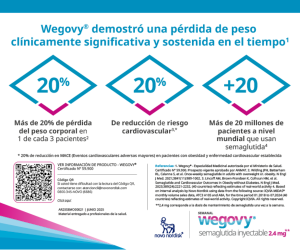Performance of diagnostic methods for diabetic neuro and nephropathy
Keywords:
diagnostic, diabetic neuro, nephropathyAbstract
Diagnostic tests are usually judged by their ability to classify individuals. Two important indicators of diagnostic ability are diagnostic sensitivity and specificity, which are measures of the intrinsic validity of a test. To calculate them, a “gold standard” (GS) must be identified, based on which individuals are classified as true positives or negatives, or as false positives or negatives.
In the field of diabetic peripheral neuropathy, various tests (more or less invasive, more or less difficult or expensive) are used for screening, diagnosis and follow-up. They differ in terms of S and E. Nerve conduction studies (NCS) are considered GS for many other tests, but they are not free of variability and are often difficult to implement. This set of tests (NCS) offers S and E that are in the range of 40%-81% and 91%-95%, respectively, depending on the studies. The intrinsic validity of other methods will be discussed in the presentation. A relevant point to consider is that BGs are often not perfect, which adds significant complexity in determining the sensitivity and specificity of the methods we use in the diagnosis (classification) of our patients. Serum creatinine, for example, has been used in various ways in the assessment of glomerular filtration rate (direct or indirect, as part of formulas or estimates). Consequently, screening and diagnosis of diabetic nephropathy (as well as its follow-up) depend at least in part on the assessment of this analyte. However, the sensitivity and specificity of creatinine is imperfect. When evaluating new markers of diabetic nephropathy, it is very common to use creatinine (or some estimate of renal function derived from it) as BG to estimate S and E of the marker being explored. This makes it difficult to interpret its diagnostic value. All these aspects are an important source of discussion, affect the identification of new, more “effective” markers, and have important implications for clinical decisions.
References
-
Downloads
Published
Issue
Section
License
Copyright (c) 2024 on behalf of the authors. Reproduction rights: Argentine Society of Diabetes

This work is licensed under a Creative Commons Attribution-NonCommercial-NoDerivatives 4.0 International License.
Dirección Nacional de Derecho de Autor, Exp. N° 5.333.129. Instituto Nacional de la Propiedad Industrial, Marca «Revista de la Sociedad Argentina de Diabetes - Asociación Civil» N° de concesión 2.605.405 y N° de disposición 1.404/13.
La Revista de la SAD está licenciada bajo Licencia Creative Commons Atribución – No Comercial – Sin Obra Derivada 4.0 Internacional.
Por otra parte, la Revista SAD permite que los autores mantengan los derechos de autor sin restricciones.




























